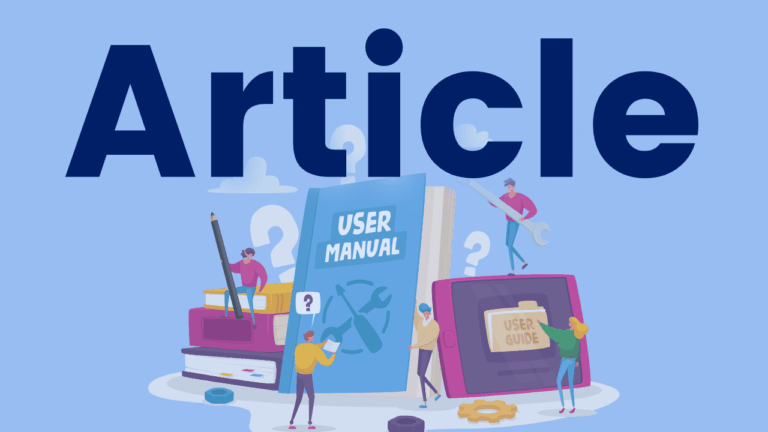Evidence-Based Assessment in the Science of Reading
This article is a starting point for understanding how assessment for learning plays a critical role in informing and driving instruction in literacy. This read provides information about evidence-based assessment practices, including screening, diagnostic, and progress monitoring. This article will help develop an understanding of a comprehensive assessment system and how educators can use the data…




